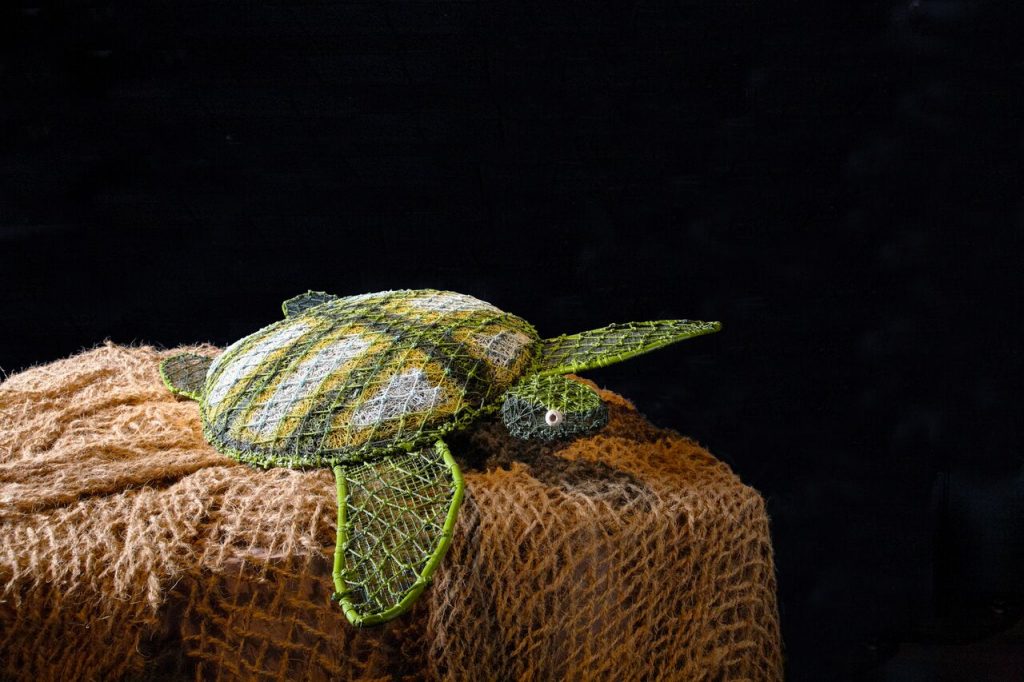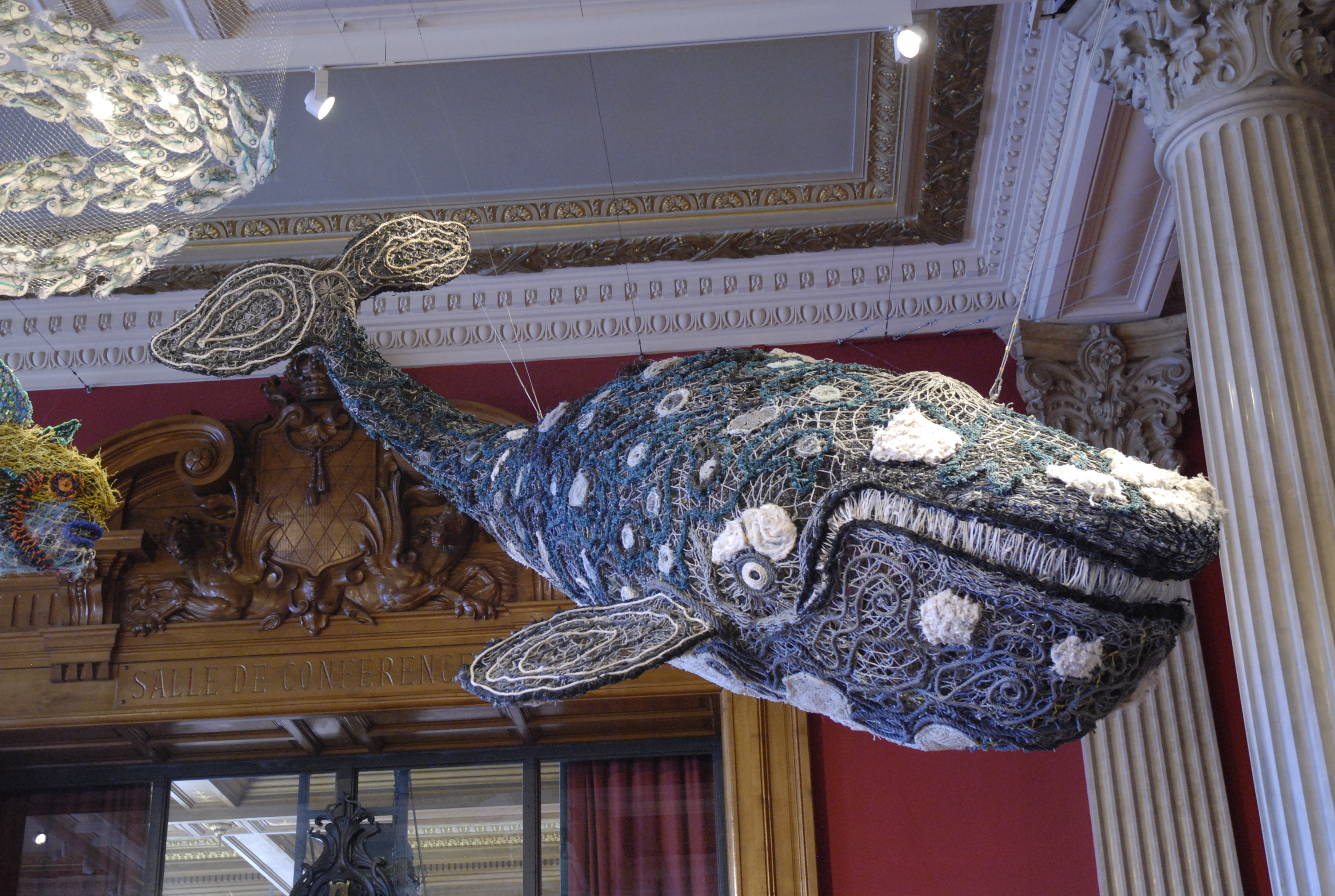1. What is your name?
My name is Stéphane Jacob
2. What is your occupation?
I am a French Art Dealer specialized in Australian Contemporary Indigenous Art
3. What was your favorite green ( Eco ) memory growing up?
Without any doubt a summer camp in the Cévennes ( south of France) where we learned how to respect the environment and were taught about listening and looking at birds.
4. What did you do before your current role?
I studied Art History at the prestigious Ecole du Louvre and then worked at the Trocadéro in Paris at the Musée National des Monuments Français where I was in charge of Communication…. this is now old history it was over 20 years ago ! Since 1996 I am fully dedicated to Australian Art!
5. Are you working with the United Nations to increase awareness?
I have been fortunate to curate with my Australian business partner Suzanne O’Connell, a major show at the Oceanographic Museum of Monaco last year called ” Taba Naba – Australia: Defending the Oceans at the Heart of Aboriginal and Torres Strait Islands Art”. This groundbreaking exhibition generated a lot of interest and created new exhibition opportunities including a wonderful exhibition at the UN in New York City during the Ocean Conference. An other exhibition titled « Australia: Defending the Ocean – Ghostnet Art » will be presented in partnership with the Ethnographic Museum of Geneva at the Office of the United Nations in Geneva during the month of september. I would like to acknowledge the support we receive from the Australian and Queensland Governments that have understood the importance of raising global awareness and fighting together against destructive pollution.
6. What are the most rewarding and challenging parts of your job?
Creating interest for a new artform is always challenging, it is part of the excitement of the job to introduce new audience to new artforms ! It also takes time to make people aware on how pollution can impact ancestral cultures.
Ghost- nets are basically what we call discarded fishing nets from fishing travelers. These nets have been decimating sea life around Australia and artists from many coastal towns, including Pormpuraaw, have ingeniously decided to do something about it themselves. They fish out the ghost nets and reappropriate these destructive materials into intricate sculptural works telling of this struggle.
As artist Sid Bruce Short Joe explains, pollution is affecting food sustainibility but also Indigenous Culture : ‘Fish and animals are our totems. For me they are my ancestors and define which country I belong to. A totem is what my people become when we die. They are part of us and we are part of them. We celebrate them with song and dance.
Read an article on this issue : http://artsdaustralie.com/pdf/sculpture-ghostnet-aboriginal-en.pdf
7. What is one environmental change you vow to make this year?
Using less plastic and trying to get read of ghost nets …
8. Can you tell us more about how supporting Arts d’Australie is helping the global economy?
Assisting remote communities to spread the word aroud and get a cleaner future.
9. If there was one industry/product that you could make more eco friendly, what would it be?
Exhibitions require a lot of packing material which is not always eco friendly and requires alsoa lot of transport. Certainly something that could be imporved for a better transport strategy….
10. What’s next for Arts d’ Australie?
Currently working on various exhibitions – starting in September with Parcours de sMondes which is a wonderful event running for a week and presenting artworks froim all cultures around the world. I will be exhibiting Australian Indigenous Art at 51 rue de Seine from the 12th to the 17th of september.
I am also exhibiting ghostnet works in all those various venues :
AUSTRALIA: DEFENDING THE OCEANS – GHOSTNET ART
Kluge-Ruhe Aboriginal Art Collection
Charles L. Brown Science & Engineering Library
University of Virginia, Charlottesville, USA
21 August 2017 – 10 January 2018
UN HEADQUARTERS, GENEVA
4 -20 September 2017
UNIVERSITY OF GENEVA
08 November 2017 – 10 Januray 2018
Exhibition featuring Ghostnet artworks :
L’effet boomerang
MUSÉE D’ETHNOGRAPHIE DE GENÈVE (MEG)
19 May 2017 – 7 January 2018
11. What’s your favorite book?
Le Petit Prince ☺
12. Where do you turn for your news?
Le Monde
13. Where on the green scale do you fall?
Still some efforts to make!
14. Do you lead a vegan lifestyle?
No I don’t but I pay more and more attention to what I eat.
15. Who would you want to have a conversation with past or present?
A dear friend of mine who passed away a few years ago , she was an extraodinary elderly woman with so much energy.
16. You represent many artists, can you recall one story in particular that touched you deeply?
When Abie Loy Kemarre came to France a few years ago, it was the first time she travelled outside of Australia. Everything was like a surprise to her, especially eating snails! She came with her elderly grand Mother Kathleen Petyarre, when we had to say good bye tears came on both our faces, we knew it sounded like an Adieu …
17. How does Arts d Australie positively impact the environment?
Probably by creating a better awareness of marine pollution.
18. What do you want your personal legacy to be?
Representing the oldest living culture on earth is a priviledge , and I am hoping that the work I currently do will allow a better recognition of these incredinbly talented artists. Certainly amongst the first eco-people on earth. Hopefully we can share some of their wisdom!

 Food
Food Farmers
Farmers Sustainable Living
Sustainable Living Living Planet
Living Planet News
News